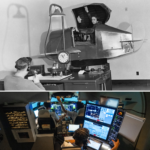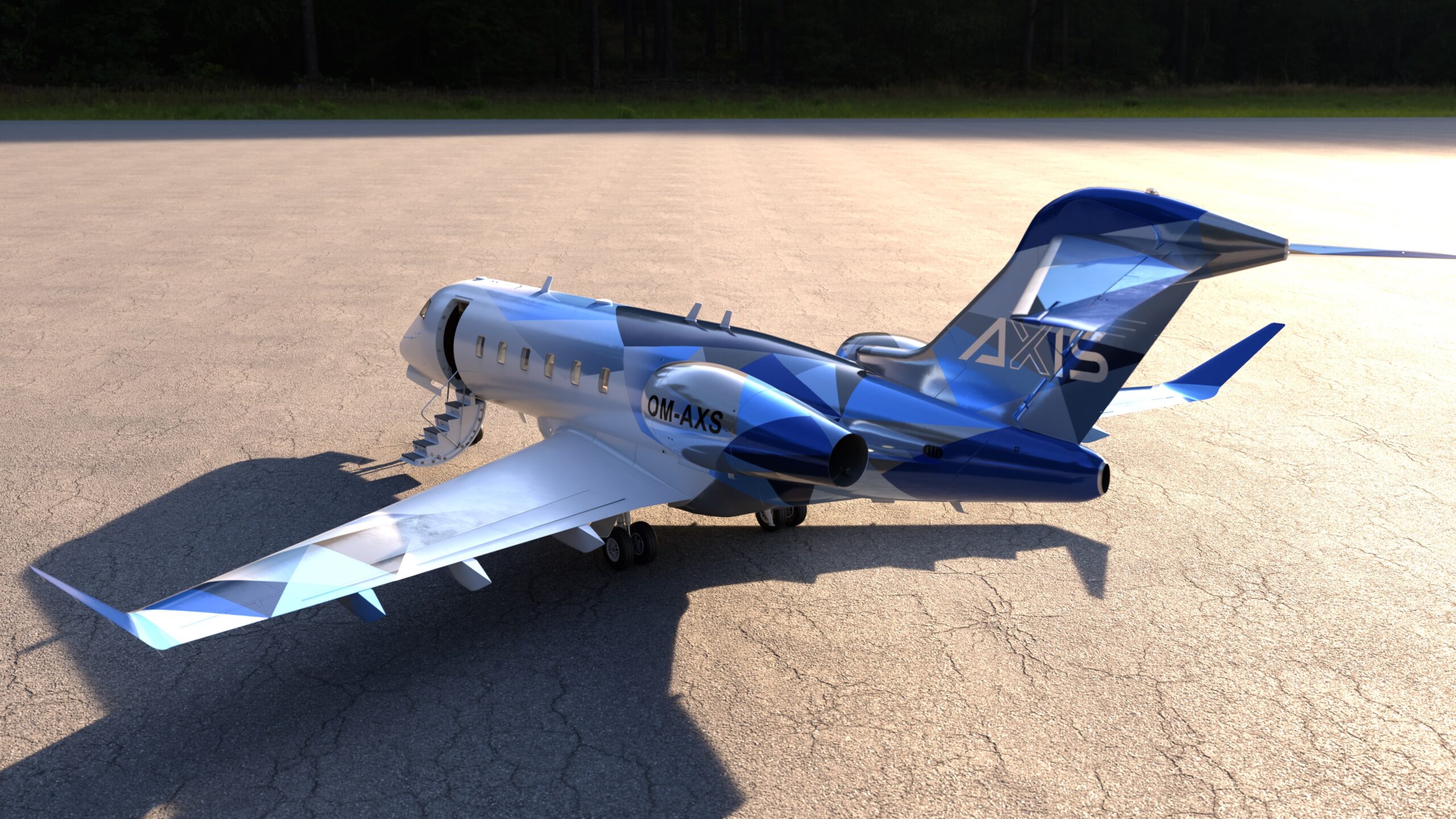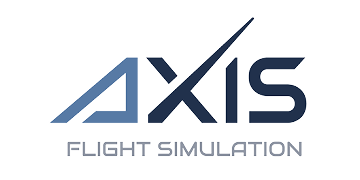
THE EVOLUTION OF FLIGHT SIMULATION
30. January 2024
47º: AXIS INNOVATES BEYOND TRAINING
25. March 2024
THE EVOLUTION OF FLIGHT SIMULATION
30. January 2024
47º: AXIS INNOVATES BEYOND TRAINING
25. March 202429. February 2024
How Extended Reality (XR) could shape the future of flight training
By Zsolt Koltai, Project Manager—Innovation Management, AXIS Flight Simulation
Immersive technologies – augmented reality (AR), virtual reality (VR) and mixed reality (MR) – enable users to interact with an artificial sensory environment. Falling under the umbrella term extended reality (XR), each offer important advantages when it comes to flight simulation.
XR has the potential to enhance the pilot training experience. While Full Flight Simulation (FFS) provide advanced simulation and are essential to the flight training processes, these devices are often dedicated to a single training centre meaning that there are limitations on the number of pilots that can train at one time.
The introduction of XR means that training can be carried out remotely, reducing the need to travel to a specialist. As operators globally seek out ways to train a higher volume of pilots and reduce expenditure, utilising the power of XR can allow users to become more familiar with the cockpit layout and procedures before beginning FFS training. Ultimately, these training enhancement tools have potential to offer a greater degree of accessibility and flexibility for pilots.
Hardware improvements and regulatory progress
Technological developments are unlocking a new potential for XR. For example, hardware improvements are contributing to greater realism. This includes more sophisticated headset technology which offers a higher resolution, lower weight and wider field of view to provide more immersive pilot training experiences.
There have also been important developments in the regulatory environment. In 2022, authorities issued the first certificate for a VR flight training device. This was a landmark event, boosting flight schools’ willingness to embrace a proactive approach towards integrating immersive technologies into aviation training.
Meanwhile, a shift in industry perception is underway, with growing awareness of the benefits these new technologies can offer when it comes to enhancing learning, improving safety and providing a more realistic and immersive learning environment.
Timely progress
Technological and regulatory developments for electrical vertical take-off and landing (eVTOL) vehicles will continue to influence the growth of the sector. Having achieved certification, VR training devices will be crucial in preparing pilots to fly new aircraft types, particularly at a time when labour demand is already high.
Delivering the future of XR for flight training
At AXIS Flight Simulation, we’re responding to the more favourable environment and greater need for XR, while also investing in other exciting technologies, such as AI, which can improve training and meet new levels of demand.
Through XR, we offer solutions that provide unparalleled realism and adaptability to meet diverse training needs. Meanwhile, AI will allow us to enhance a data-driven approach to pilot evaluation. By harnessing the power of algorithms to assess a pilot’s decision-making, we can ensure more targeted and efficient training.
Combined with XR, and by delivering a comprehensive library of virtual aircraft models and environments, we can play an important role in meeting future demand for pilots by offering highly effective training that is accessible, affordable and authentic.
While FFS will always remain crucial to flight training programmes, XR and emerging technologies have potential to enhance the learning experience by delivering greater flexibility for pilots.


